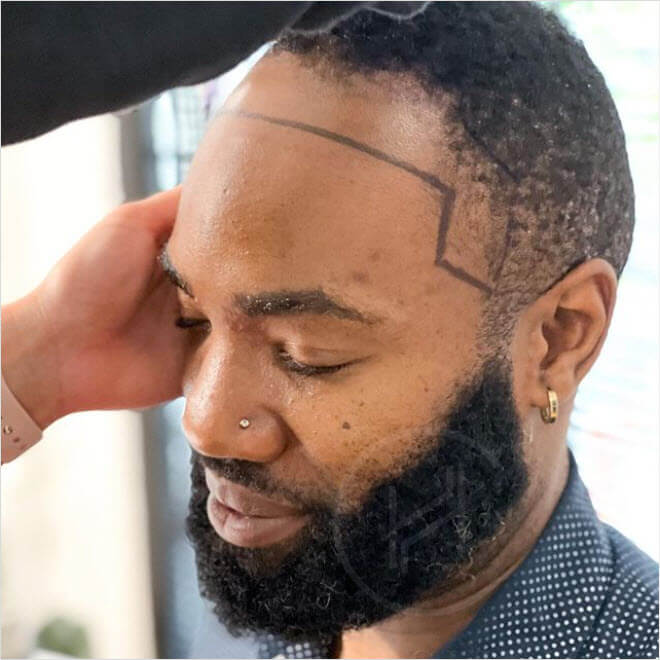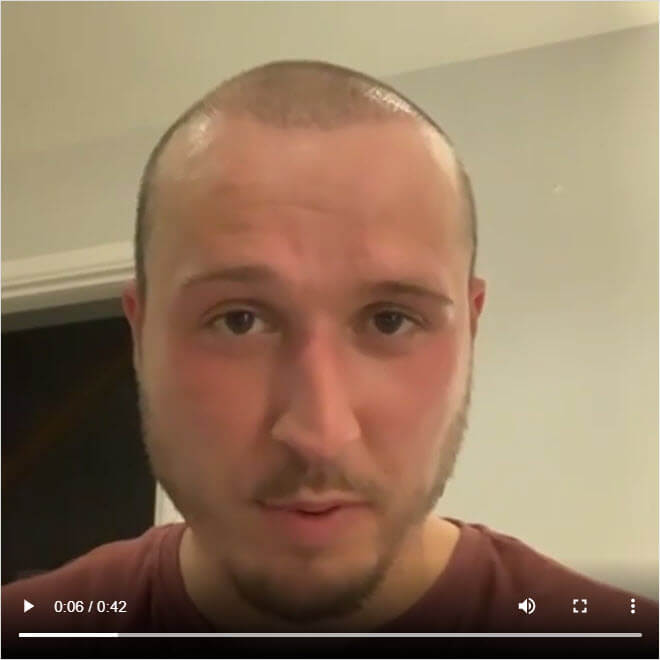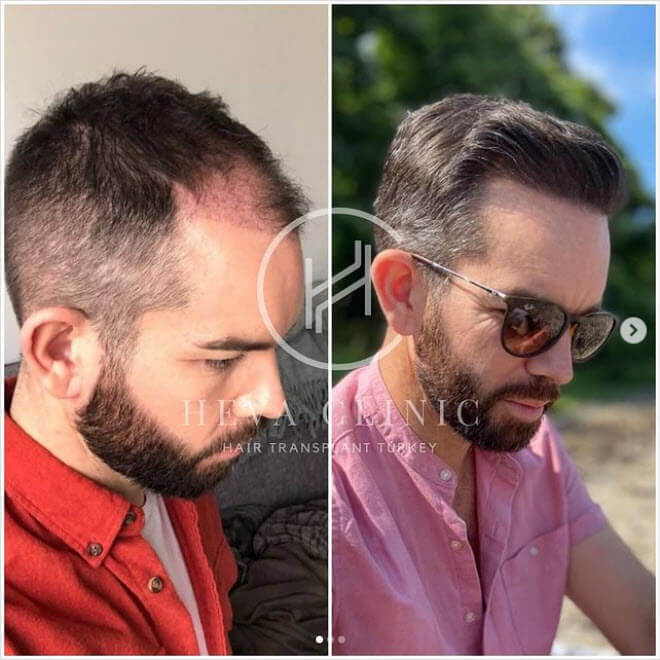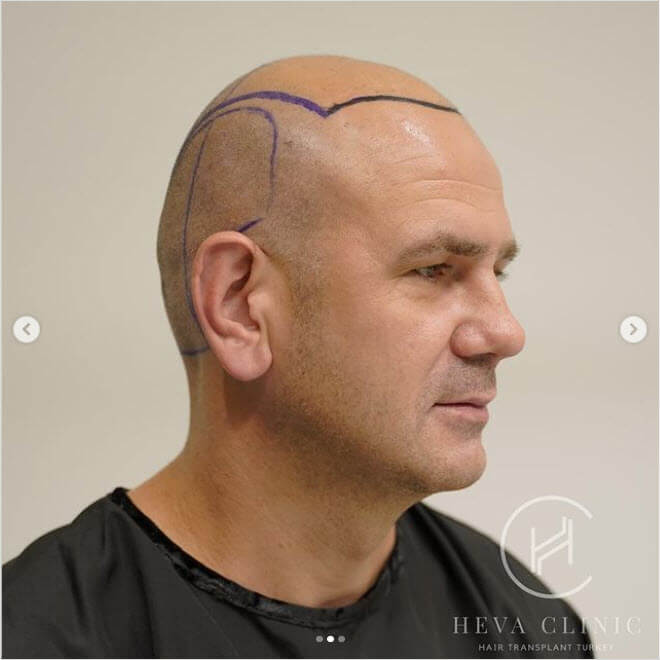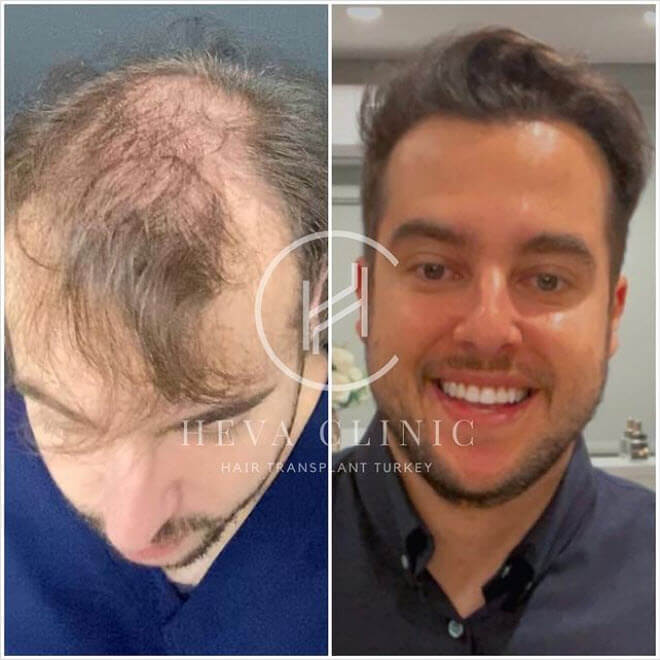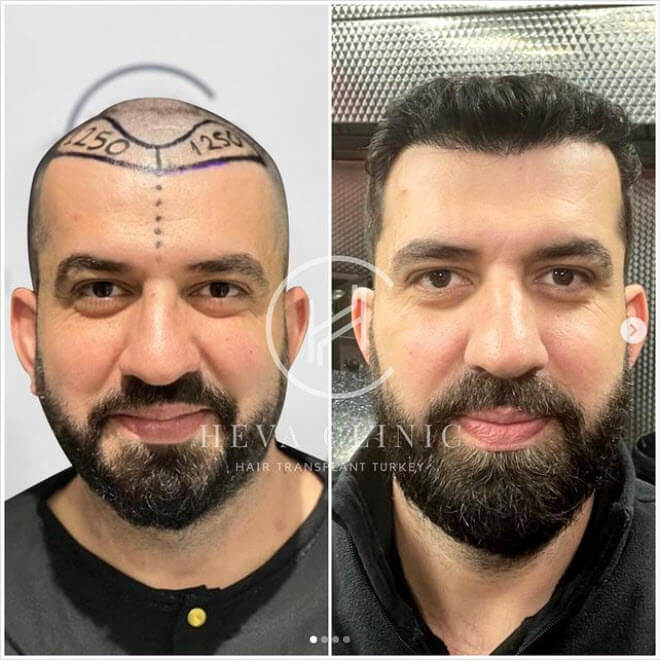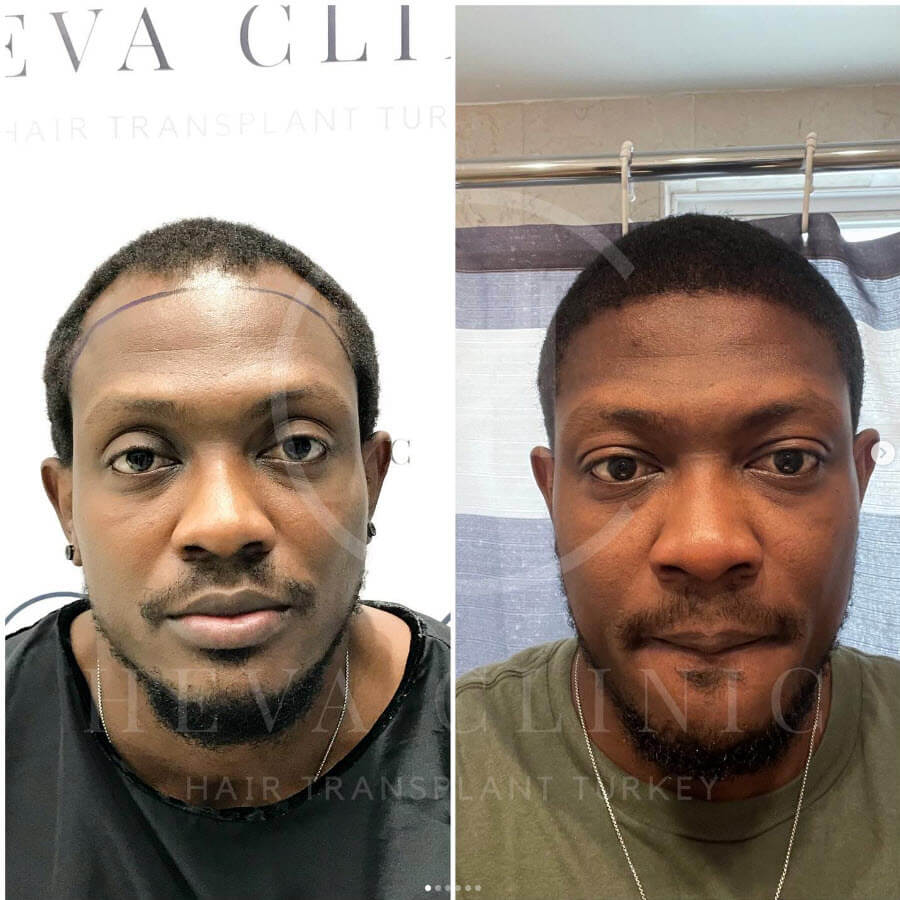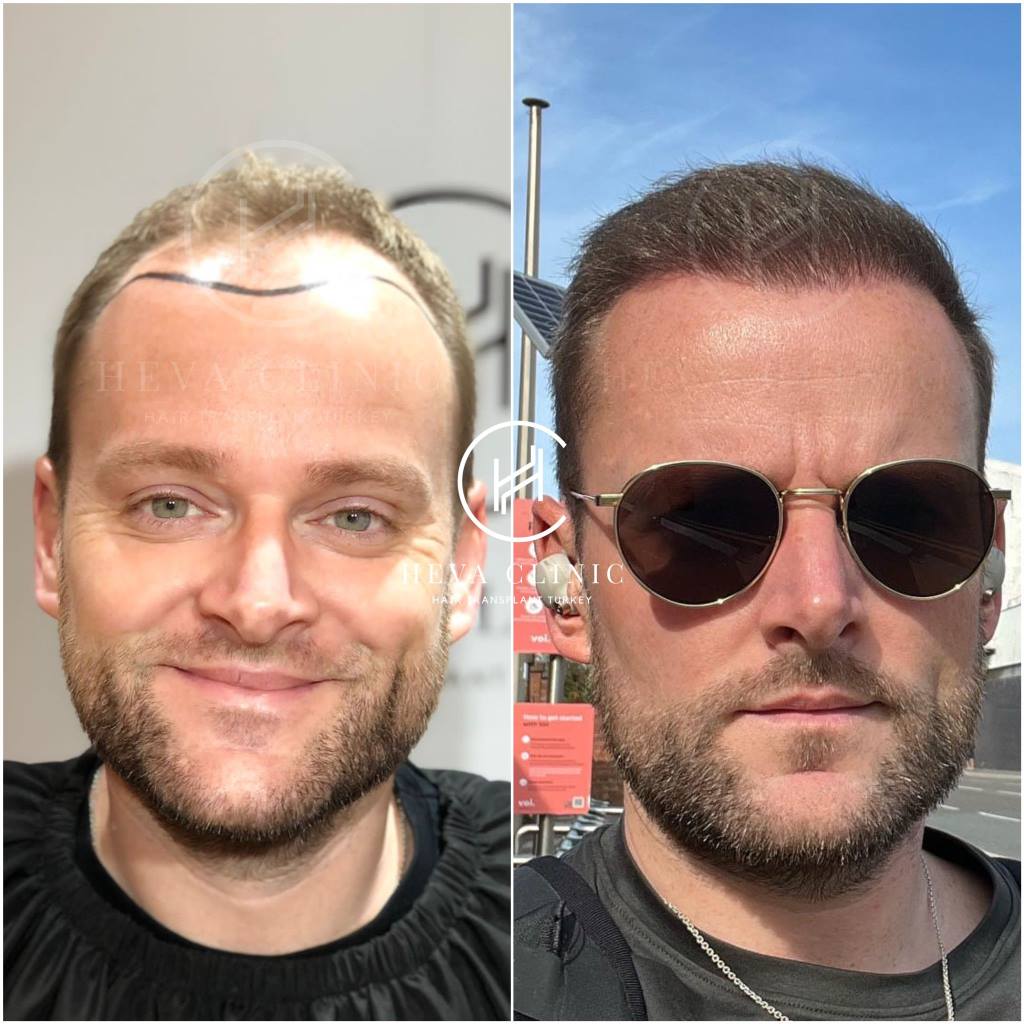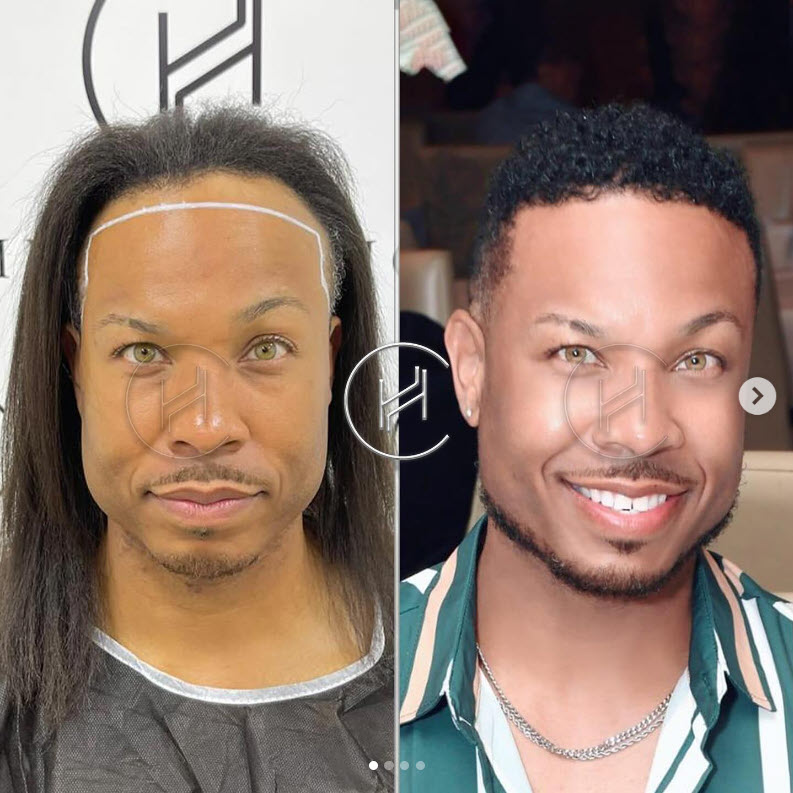
Hair transplant for receding hairline is one of the most frequently operated hair transplant procedures for mild hair loss. Because hairline recession is one of the earliest significant signs of severe hair loss that can happen at any age, most people start thinking about a hair transplant when receding becomes noticeable. Even though everyone’s hair loss story is different, many people experience hairline recession starting from the temples and moving further back in time.
A receding hairline can make people look older, create imbalanced facial proportions, and affect people’s confidence. If you are bothered by the look of your hairline and think a little bit of retouch can make a satisfying difference, you can look into a receding hairline transplant.
The effect of a receding hairline can look different depending on what stage you are on the Norwood hair loss scale.
Receding hairline stages – Norwood stages
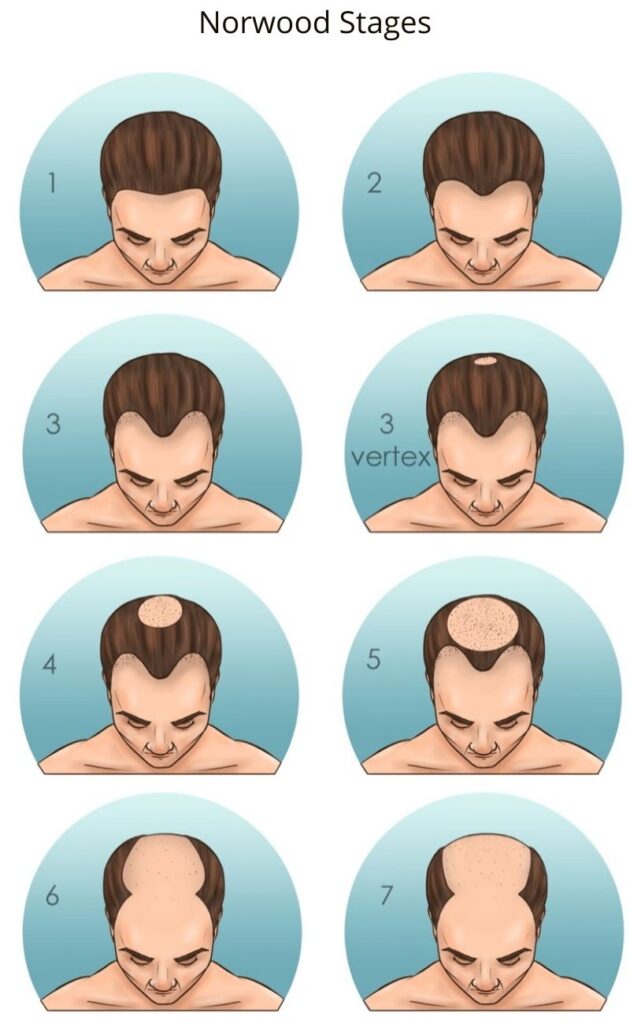
Even though hair loss can be a unique experience for every individual, it still follows a rough pattern for most people. Especially, men can go through pretty similar stages of male pattern baldness. The Norwood scale categorises the male pattern hair loss phases into 7 stages.
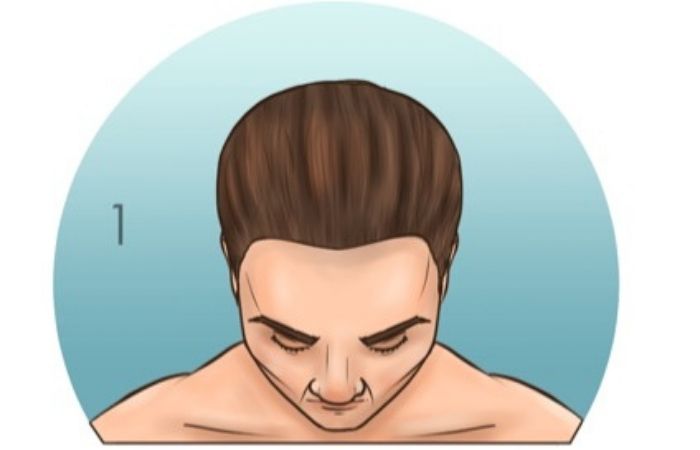
At the Norwood 1 stage, there is almost no significant hairline recession. Most people do not even realise that they are experiencing hair loss at this stage. If the patient is not happy with their natural hairline, a hair transplant just for hairline can be considered.
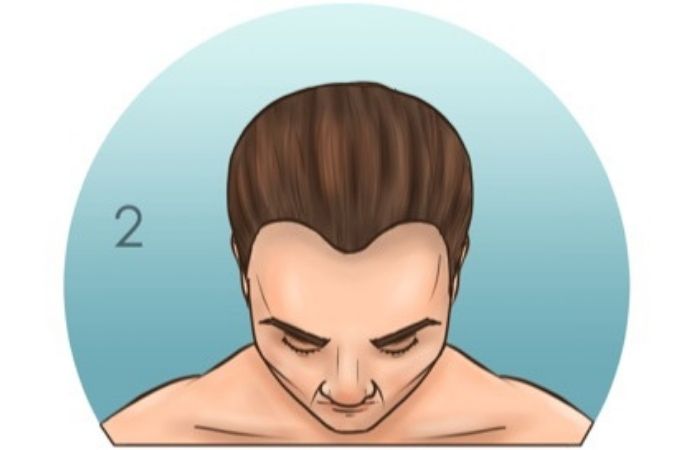
At Norwood stage 2, people notice the signs of receding hairline in the early stages. Even though it does not call for a hair transplant at this stage, people can be a little worried about the progression of hairline recession. A slight recession of the hairline around the temples at this stage is also known as the mature or adult hairline. At that stage, a hair transplant just for hairline can be a permanent solution.
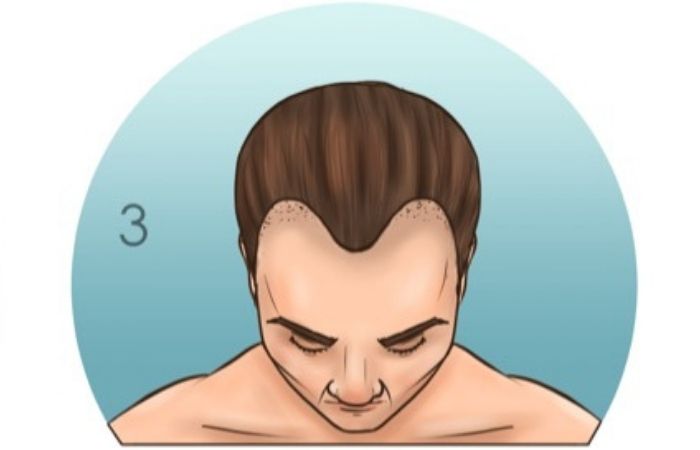
At Norwood 3 stage, receding hairline early stages can seem a little bit more noticeable. The M, V, or U-shaped hairline starts to form creating bald or sparse areas around the temples. A hair transplant for receding hairline can restore hair loss.
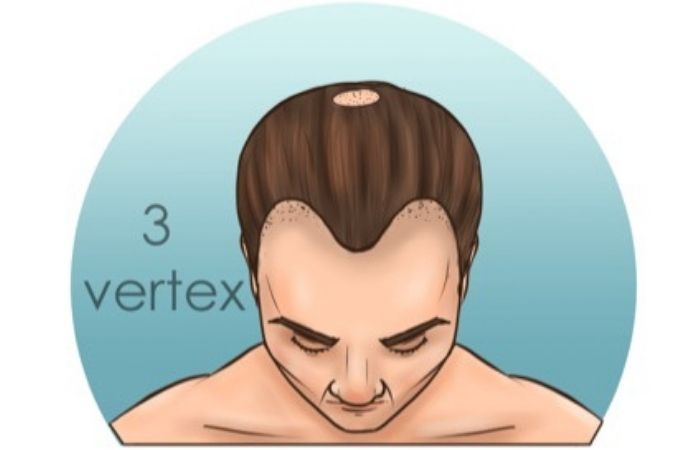
There is no significant difference in terms of hairline between Norwood 3 and Norwood 3 Vertex; that’s why at Norwood 3 Vertex stage, the receding hairline will look the same as Norwood 3 but hair loss can be noticeable on the crown area. If the donor area as strong, a full hair transplant to cover the crown area and restore the hairline can be the best solution.
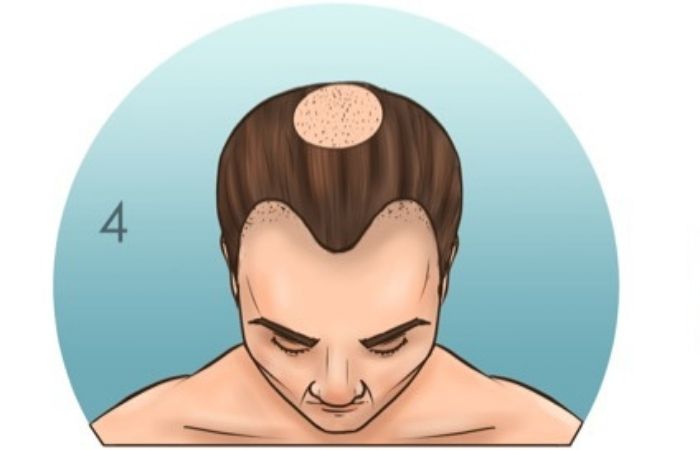
At Norwood stage 4, the hairline recedes even further and creates a band between the vertex and forehead. In that stage, the patient should consider a comprehensive hair transplant.
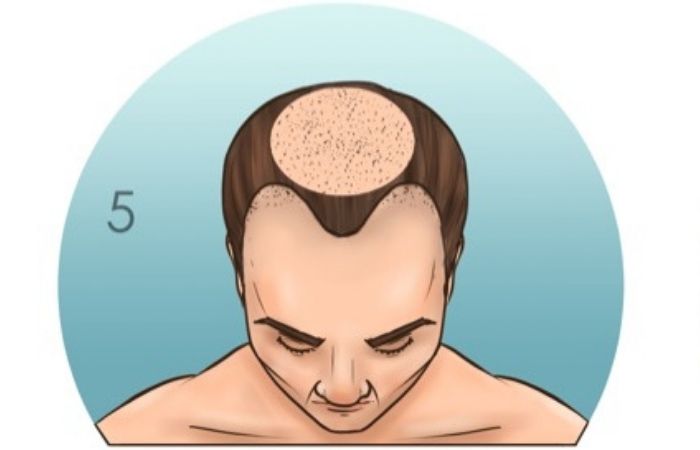
Hairline receding is even more concerning at the Norwood stage 5. The band between the hairline and vertex becomes thinner. This example is not suitable for a hair transplant just for the hairline; instead, they need at least four thousand grafts to cover the crown and hairline.
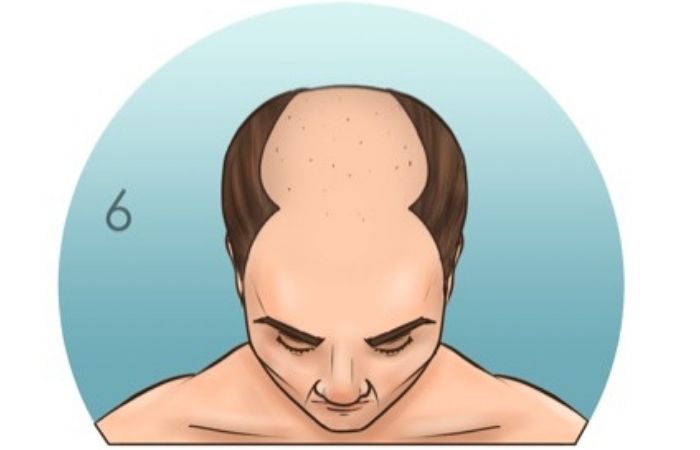
At the Norwood 6 stage, temples are completely bald and join with the vertex leaving a very sparse band of the hairline or no hair in between. Hair transplant for receding hairline is suitable at that stage as the hair loss is severe.
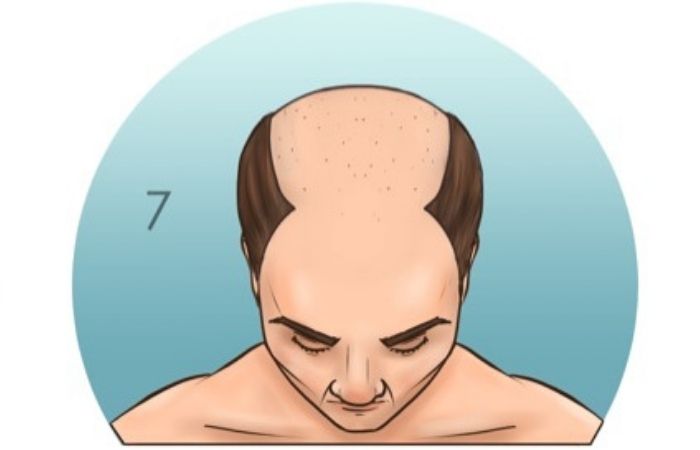
The Norwood 7 stage indicates complete balding at the top of the head which makes the person need to go through at least 2 hair transplant operations to achieve a full head of hair.
Can a hair transplant restore receded temples?
A hair transplant just for temples can be a great solution if you are only bothered by the hair loss around your temple area. Hair loss in this area can create a moon shape and result in an off-balance appearance. Hair transplant can fill in temples to restore the overall look of the hairline giving you a much younger look.
If you are concerned about the appearance of your temples, a hair temple transplant might just be the way to go. Get in touch with us to learn more about hair transplant for temples.
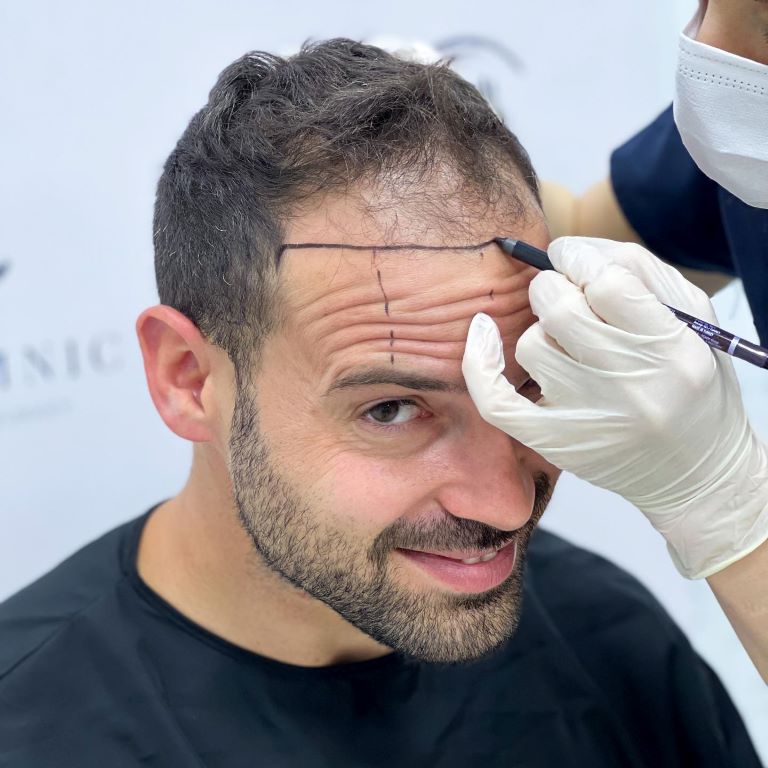
How many grafts do I need for temples?
Hairline recession can lead to sparse hair around the temples creating an imbalanced look starting from the Norwood Stage 2 that requires a minimum of 1000 hair grafts. This appearance can easily be remedied with a hair transplant operation. If your hairline has lower density as in Stage 3, then approximately 2000 hair grafts can be enough to restore your hairline.
Am I eligible for a hair transplant just for temples?
Any person who experiences hair loss around temples is suitable for hair transplant to fill in temples as long as they have enough healthy hair grafts at a suitable donor area and don’t have any serious health problems.

Female hairline transplant
Even though men experience hairline recession more commonly, that does not mean that women don’t go through a hairline recession. Female hairline recession is less noticeable because women have more options to style their hair, and denser hair makes them less prone to hair loss around the temples as men. However, some women still experience a hairline recession, and perhaps it affects women more than men.
All healthy females that have sufficient number of hair grafts on their donor area are suitable for female hairline transplant.

Male hairline transplant
Hair loss generally starts from the temple area for men and become obvious quicker than women. The majority of males are suitable for hairline transplant as it does not require more than 2000 hair grafts. It can be a great treatment for men who want to achieve lower hairline and fuller temples to get a younger look.
Male patients should note that the crown area may be affected by male pattern hair loss and they may need to go through a second hair transplant in the future.
How much does a hair transplant for a receding hairline cost?
A small retouch to the hairline can create a world of difference. But, how much do you have to pay for such a great makeover? The cost of a hair transplant for receding hairline can vary depending on what hair loss stage you are in and where you choose to get your procedure. The hairline transplant prices can vary between £4,000-£10,000 in the UK while it ranges from £1,500-£4,000 in Turkey.
What is the best hair transplant technique for receding hairline?
Choosing the right hair transplant technique can be a challenging decision. Today, there are great hair transplant techniques that deliver impressive results and can be suitable for different requirements. The FUE and DHI methods are the most attractive hair transplant options available today.
FUE hair transplant for temples
The FUE hair transplant is an effective hair transplant technique that delivers great results for hair temple transplants. Many people choose to go through an FUE hair transplant for temples because of its more affordable prices and proven record.
DHI method for hair transplant for temples
The DHI method is also a suitable option for temple hair transplant. The DHI technique is especially successful at hair transplant for small coverage areas. It can be preferable because it provides higher density and higher graft viability.


